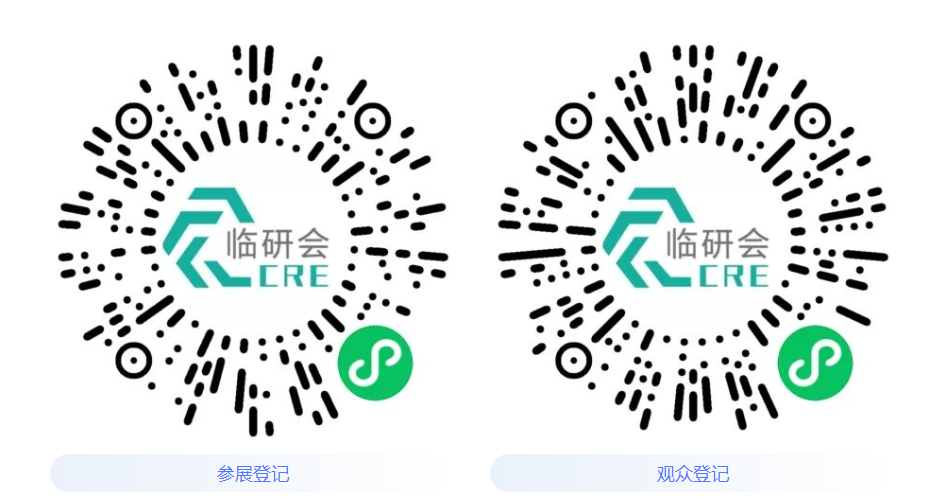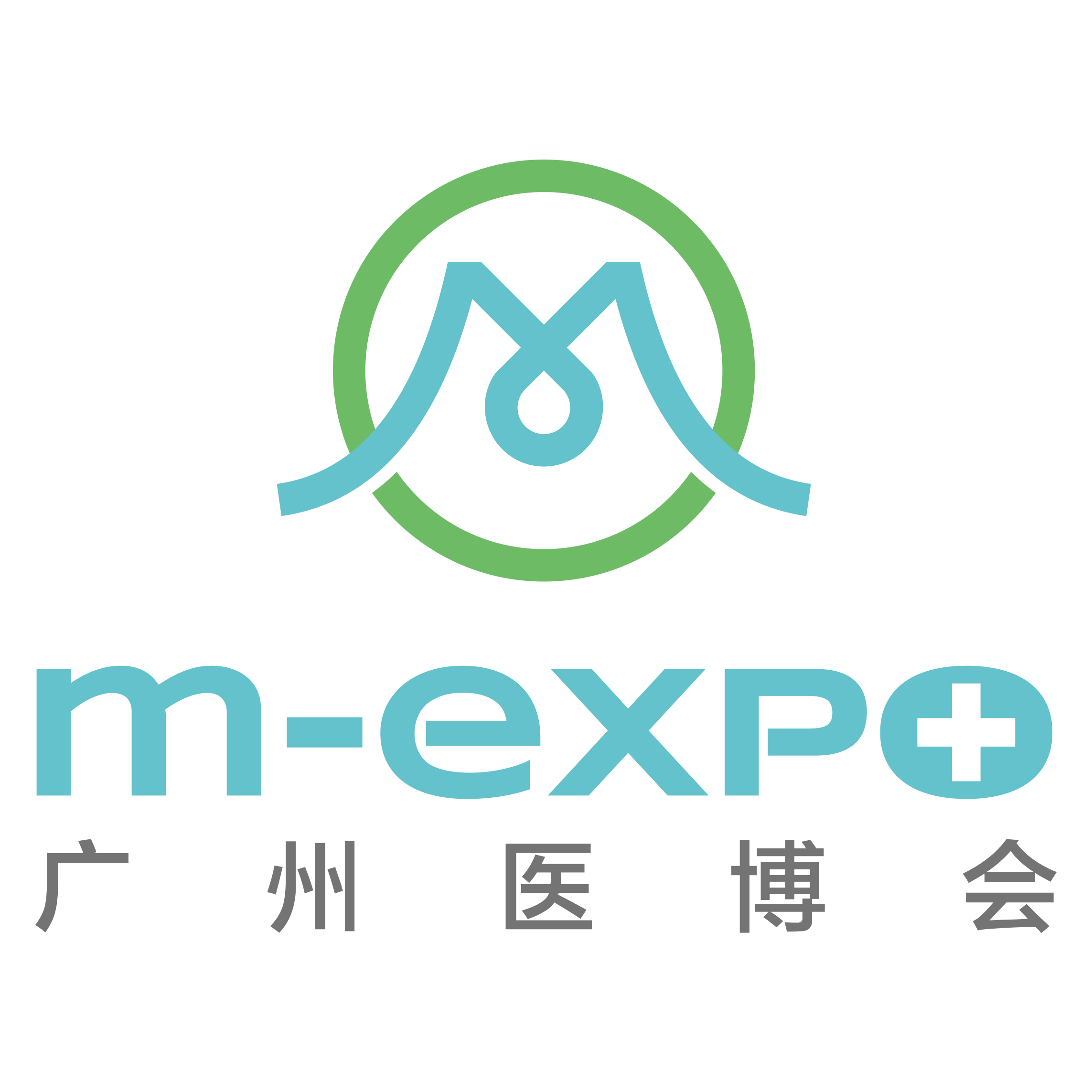This winter is too long. In the distant summer of 2021, no one could have imagined that the downward cycle of medicine would exceed three and a half years, to the point where even the most patient defenders were on the brink of collapse.
Referring to CDMO, which hit the bottom first (see May 2024 "Yao Ming Landing, CXO bottoming out"), when all negative factors are fully priced in, any slight marginal improvement will bring huge elasticity. Struggling from the bottom, WuXi AppTec rebounded by about 60%, WuXi Biologics rebounded by about 110%, and WuXi AppTec Union once approached a historical high.
Don't expect a stunning reversal, but subtle marginal improvements are to be expected, and that's already enough.
In Q4 2024, the proportion of all public funds holding positions in the pharmaceutical sector was 8.58%, a decrease of 1.08 percentage points compared to the previous quarter, surpassing the low point of all fund holdings in Q3 2022 (9.37%) and dropping to the lowest historical level. This means that any slight incremental funds will bring elasticity.
The ice melts. On the payment side, the single payment system is about to break through, and a diversified payment system will be initially established within the year. Moreover, driven by the increasing concern of the medication population for drug efficacy, centralized procurement and medical insurance negotiations are expected to shift towards a balance between cost control and quality control; On the financing side, the IPO of unprofitable biotech companies is expected to reopen, bringing about a positive chain reaction.
The spring of serious healthcare (treating urgent needs) is not far away, but consumer healthcare will continue to be under pressure. Traditional Chinese medicine is equivalent to vaccines from three years ago (see "The Vaccine Industry Enters Hell Mode" in June 2022), and the cold winter may have just begun.
01
A great beginning
As of January 31st, 278 pharmaceutical companies have released their 2024 performance forecasts, with approximately 41% of companies experiencing positive year-on-year net profit growth and approximately 59% experiencing negative growth. In the midst of widespread mourning, the few pharmaceutical companies that can still maintain double-digit growth are worth cherishing.
Cold weather generates heat, and both the payment and financing ends are entering a year of breakthrough.
The first version of the Class C medical insurance catalog is planned to be released within this year, marking the formal formation of the innovative drug payment ecosystem. Although the changes may be subtle, they are a great beginning.
Firstly, the support for innovative drugs by commercial insurance has finally moved away from the slogan level. The National Healthcare Security Administration will guide and support the inclusion of Class C commercial health insurance in the scope of product liability protection, and other commercial health insurance that meets regulations can also use the Class C catalog. Previously, a major pain point for commercial insurance was information asymmetry, as there was a lack of drug sales data for specific innovative drug payments, and it could only rely on third-party statistics to estimate and determine whether to include them in reimbursement and reimbursement ratios. The Class C catalog is expected to provide support in the formulation of reimbursement scope and reimbursement ratio for commercial insurance.
Secondly, high priced innovative drugs have finally gained survival space. The Class C catalog mainly focuses on drugs with high innovation level, huge clinical value, and significant patient benefits, but cannot be included in the basic medical insurance catalog temporarily due to exceeding the "basic insurance" positioning. The Class C catalog provides a buffer zone for high priced innovative drugs to quickly enter the market, and improves accessibility by increasing commercial insurance payment options.
Thirdly, innovative drug bargaining introduces market-oriented factors. The Class C catalog emphasizes the decisive role of market entities, and insurance companies will fully participate. The settlement price of commercial insurance in Class C directory is determined through negotiation between insurance companies and pharmaceutical enterprises organized by the National Medical Insurance Administration, exploring stricter price confidentiality measures. The medical insurance bureau is no longer the only payer, and the voice of insurance companies will gradually expand.
The fourth is to give patients the right to choose medication. In some places, DRG policies will assess the proportion of self payment. For example, the implementation rules of DRG in Guangxi require medical institutions to pay no more than 10% of the total medical expenses for DRG settlement cases throughout the year, which is outside the scope of medical insurance policies. This has led to patients' self payment being subject to internal control intervention by hospitals. The Class C catalog may not be included in the assessment of the insured's self payment rate and the monitoring scope of alternative drugs selected in centralized procurement. Cases that meet the conditions may also not be included in the DRG scope and temporarily charged by project.
The public's attention to the efficacy of domestic drugs will not be diluted by a single Spring Festival holiday, and the mainstream opinion is expressed very clearly - low prices should not be the only consideration. We believe this will promote marginal improvements in future centralized procurement and medical insurance negotiations.
There are consecutive signs of unfreezing of unprofitable biotechnology financing.
On February 7th, the 1.85 billion yuan private placement plan for Biotech and Dizhe Pharmaceuticals on the Science and Technology Innovation Board was approved. This is the first time since the release of the "Science and Technology Eight Measures" that an unprofitable enterprise on the Shanghai Stock Exchange has obtained approval from the China Securities Regulatory Commission to register for refinancing.
On February 7th, the China Securities Regulatory Commission issued the "Implementation Opinions on Doing a Good Job in the Capital Market's Financial 'Five Major Articles'", increasing support for strategic industries such as new generation information technology, artificial intelligence, aerospace, new energy, new materials, high-end equipment, biomedicine, and quantum technology. Continuously support the issuance and listing of high-quality non-profit technology-based enterprises.
The resumption of normal IPOs and refinancing of unprofitable biotechnology companies will bring multiple benefits to the innovative pharmaceutical ecosystem, with one point particularly worth emphasizing:
With the easing of cash flow, the price of Chinese innovative drugs for external BD may increase.
02
To renew the cup of pharmaceutical innovation
The important signal conveyed by the 2025JPM conference is the rapid rise of Chinese biotech, even surpassing overseas biotech in some fields. Its advantages of high efficiency and low cost are similar to DeepSeek.
In fact, these are all the fruits of the capital boom before July 2021. As the cold winter lasted for three and a half years and the biotechnology ecosystem began to deteriorate, improvements in payment and financing brought everything back on track. When we finally have our own MNC many years later, we will be grateful for the progress that will occur in 2025:
Biotechnology has also made breakthroughs at the national level.
Innovative drugs
Innovative drugs remain the mainstay of the pharmaceutical industry, with the greatest elasticity and miracle, and internationalization remains the main focus of innovative drugs.
Upstream against the current. Despite the overall reduction in pharmaceutical allocation, the Q4 2024 fund's holdings in biotech innovative drugs continue to grow month on month; Amid a decline in global pharmaceutical mergers and acquisitions, the amount of authorization for Chinese innovative drugs continues to increase. According to the Insight database, the total amount of BD transactions in domestic pharmaceutical companies reached 63.5 billion US dollars in 2024, a year-on-year increase of 22.59% and a historic high. In 2024, the number of domestic pharmaceutical BD heavyweight transactions reached 24, with a total value of 43 billion US dollars, and the global proportion increased to nearly 20%.
According to the latest report from EvaluatePharma, at least one-fifth of the clinical pipeline projects in the entire industry involve Chinese companies, ADC、 The proportion of Chinese innovative pharmaceutical companies participating in the dual antibody and CAR-T fields even exceeds half, and in 2025, Chinese innovative drug BD will still shine brightly.
CXO
CDMO warms up in advance.
Kailaiying's cumulative new orders in 2024 have increased by about 20% year-on-year, while Kanglong Chemical's global customer inquiries and visits have rebounded compared to the same period in 2023. The amount of new orders signed in 2024 has increased by more than 20% year-on-year. WuXi AppTec predicts that TIDES business revenue will grow by more than 60% in 2024, and is expected to continue to grow by more than 60% in 2025. The total production capacity of peptide solid-phase synthesis reactors will reach 41000 liters by the end of 2024, and is expected to continue to grow to 100000 liters in 2025.
With the improvement of the domestic investment and financing environment, the prosperity of clinical CRO will also rebound.
Tiger Pharma's net new orders for 2024 are expected to be between 8.4 billion and 8.9 billion yuan. Zhao Yan New Drug's Q4 2024 revenue was 683 million yuan, an increase of 41% compared to the previous quarter, with a median net profit of 144 million yuan, an increase of 45% compared to the previous quarter. The net income from changes in fair value of biological assets was 63.5 million yuan, which has turned positive for two consecutive quarters. Experimental Monkey remains a hard currency for CRO.

相关推荐
- 2026 Guangzhou Medical Expo Scheduled for August! Building the Core Engine for the Greater Bay Area's Healthcare Industry. 2025-11-07
- Full-chain Empowers Industrial Innovation! The 2025 Guangzhou Medical Expo Successfully Concludes Today 2025-08-24
- Grand Opening of 2025 Guangzhou Medical and Health Industry Expo: Jointly Paint a New Blueprint for Health and Play the March of Industrial Endeavor 2025-08-22
- Over 400 hospitals and enterprises gather in the City of Rams! Guangzhou Medical Expo has become a highland for the first launches of innovative pharmaceuticals and medical devices. 2025-06-13

